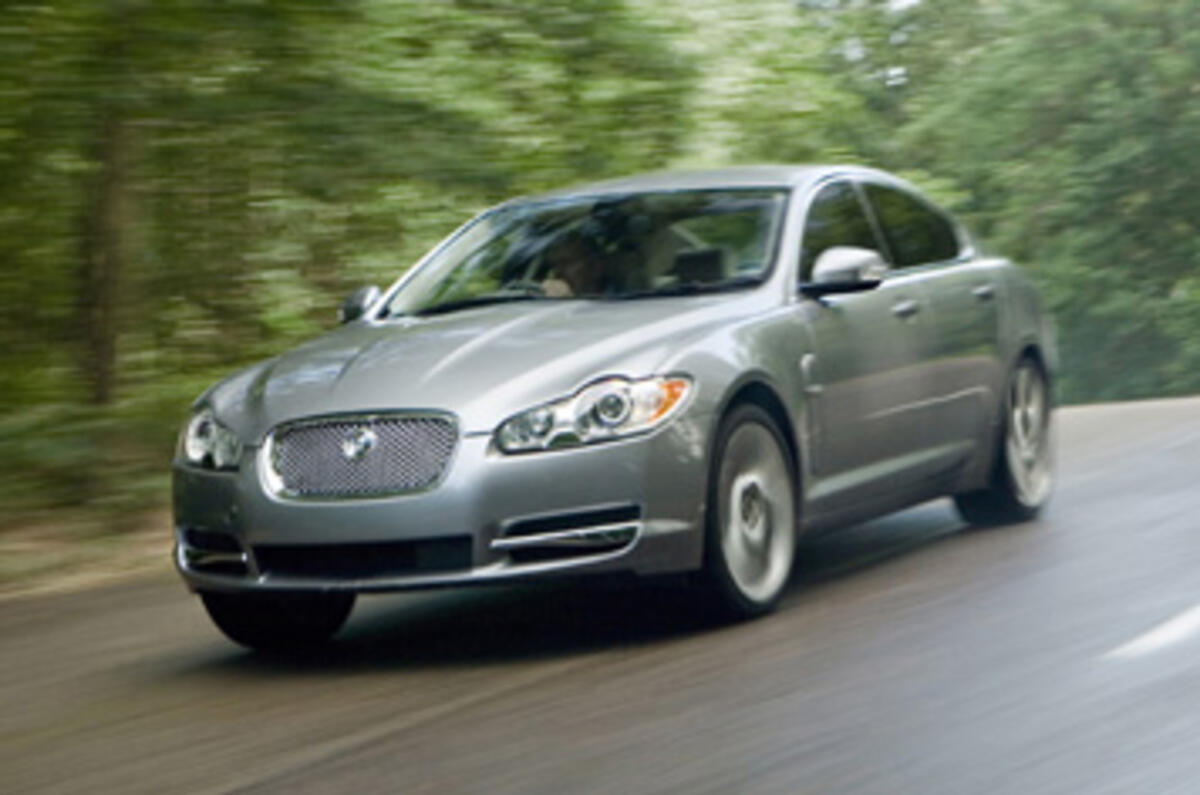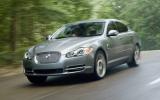What is it?
One of the two least expensive XFs, the other being the 2.7 V6 diesel, both of them pitched at the same price to keep things simple.
This is a higher starting price than you’ll face from rival ranges from the usual BMW, Audi and Mercedes alternatives, Jaguar absent from the popular 2.0 diesel segment because it does not have an engine that can be arranged for rear-wheel drive.
So it’s the bigger 2.7 diesel that’s expected to account for the bulk of XF sales – around 70 per cent - but some buyers will nevertheless opt for this 3.0-litre V6 despite the greater expense of running it. It returns a combined figure of 37.8mpg rather than the diesel’s 37.6mpg, and produces 249g/km of C02 to the diesel’s 199g/km.
As with all XFs the 3.0 engine is hooked up to a ZF six-speed transmission with paddle shifts, and it produces 235bhp. It’s essentially the same US-built V6 that appears in the XJ and the outgoing S-Type, the only modifications being to its calibration.
Because this entry-level XF effectively starts well up the ranges of competing models Jaguar has elected to equip it very well, not least because it wants to ensure strong residual values, which have duly been forecast. So standard kit runs to sat nav and leather, as well as 17in alloys, an electric park brake, cruise control and Bluetooth connectivity.
What’s it like?
This is quite a civilised engine at low to middling engine speeds, issuing a slightly sporting burble that suits the XF’s demeanour well. Use it enthusiastically, a task eased considerably by the excellent ‘Sport’ mode, which does a fine anticipatory job, and it will pull the XF along with more conviction than the sometimes slightly lazy-feeling diesel.
That makes this XF quite an engaging car on twisting roads, the powertain working well with a deft chassis and steering that’s very well judged. Although the body tilts noticeably as it settle into a bend this matters little, and you soon find yourself making the most of a twisting road.
But the V6 may eventually dull your enthusiasm of the road, because this engine turns a bit vocal past 5000rpm, which is where its strongest performance is found. The engine’s vibrations can be felt through the floor, and though the final burst to the red-line is cleverly disguised by what sounds like exhaust rort, it’s a little unhappy – and a little wearing, too – before that point.
Another small annoyance is that the paddle shifts turn with the wheel, making them hard to find on twistier roads. These early test cars also produced wind noise to varying degrees, though Jaguar says this will not be an issue for production examples.
But this is a pleasing car with a great many positives, including an attractive, comfortable cabin that’s well finished, has generous equipment, reasonable space for passengers and luggage and a general aura of refinement.
Should I buy one?
Yes, but only if you have strong reasons to buy a petrol rather than a diesel. True, this 3.0 V6 quite often feels livelier than the diesel, but it’s not the most modern of engines, nor the most refined at high revs, though for the most part it’s very agreeable.











Add your comment